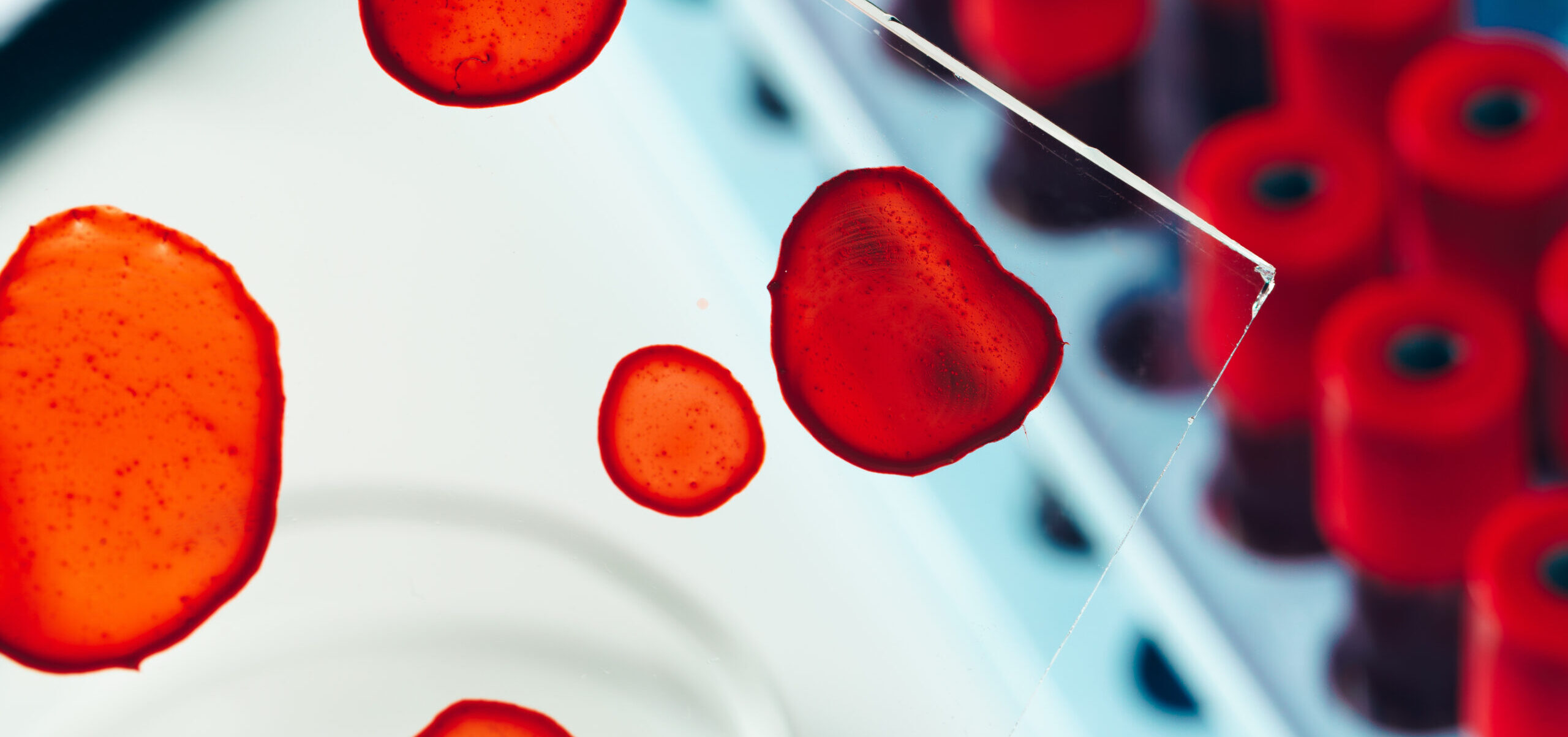Simultaneous inhibition of the tyrosine kinase BCR-ABL1 and the serine/threonine kinase PAK1/2 exerts a synergistic effect against chronic myeloid leukemia (CML) cells.
Tyrosine kinase inhibitors (TKIs) have revolutionized the treatment of chronic phase chronic myeloid leukemia (CML-CP). However, it is unlikely that they can completely “cure” the disease. This may be due to the fact that some subpopulations of CML-CP cells, such as stem and progenitor cells, are resistant to chemotherapy, even to the newer generation TKIs. Therefore, it is important to search for new treatment methods to improve therapeutic outcomes. Previously, we showed that class I serine/threonine kinases associated with p21 (PAKs) remained active in TKI-treated CML-CP stem and early progenitor cells, as well as in CML-CP cells that were not previously treated with TKIs.
In this study, our aim was to determine whether simultaneous inhibition of the oncogenic tyrosine kinase BCR-ABL1 and the serine/threonine kinase PAK1/2 exerts a better effect against CML compared to single-agent treatment.

Myeloid leukemia:
Chronic myeloid leukemia (CML) is a clonal myeloproliferative disorder resulting from the chromosomal translocation t(9;22)(q34;q11), leading to the formation of the oncogenic BCR-ABL1 gene fusion. CML is caused by the excessive activity of the tyrosine kinase, and its activation is responsible for the dysregulation of various signaling pathways crucial for the normal functioning of hematopoietic stem cells (HSCs). Chronic phase CML (CML-CP) originates from leukemic stem cells (LSCs), but dysregulation of leukemic progenitor cells (LPCs) derived from LSCs leads to disease manifestation. CML-CP can progress to more advanced and challenging-to-treat phases, such as accelerated phase (CML-AP) and the highly aggressive blast crisis phase (CML-BP). Most patients with CML-CP are treated with first- or second-generation tyrosine kinase inhibitors (TKIs), which induce complete cytogenetic response (CCR) or complete molecular response (CMR) in 60-70% and only 8% of cases, respectively.

Research objective:
Study result:
Cytometric analysis revealed that the percentage of cells with depolarized mitochondrial membrane gradually increased after treatment with individual drugs. Combination therapy resulted in greater loss of MMP in all evaluated cell lines compared to monotherapy. In both cell lines, combination treatment led to MMP loss in approximately 60% of the cell population, while cells treated with IM alone showed MMP loss in approximately 30% and 47% of the cell population in the K562 and KCL-22 cell lines, respectively.

Conclusions:
We hypothesized that PAK could be a promising target for treating CML. Additionally, new therapeutic approaches are needed because patients develop resistance to existing TKIs, exhibit poor responses to treatment, may experience potential toxicity, and also due to the potential withdrawal of existing TKI therapy in long-term treated patients. Since PAK1 and PAK2 are expressed in hematopoietic cells, and PAK3, the third isoform belonging to the group I PAK kinases, is mainly expressed in the brain, we focused on PAK1 and PAK2.
Similar Articles

Learn more about our ongoing projects and the range of services we offer.
Get in touch with us


 Read the article
Read the article
 Read the article
Read the article
 Read the article
Read the article